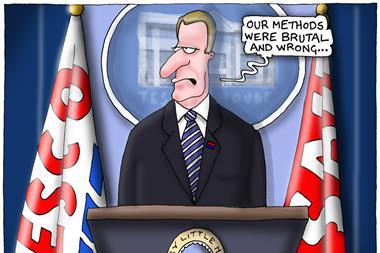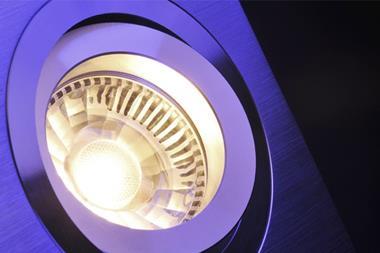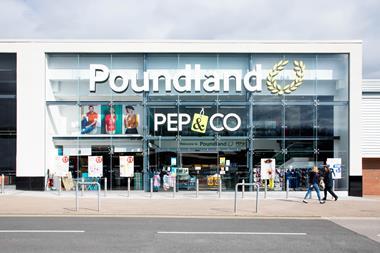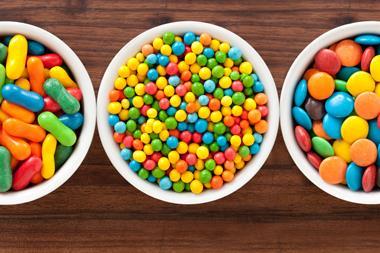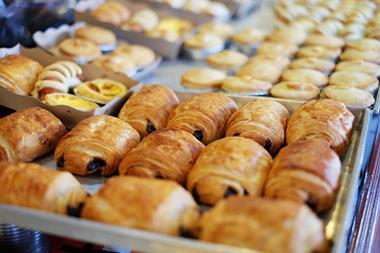For years we’ve been writing about refrigeration: should you put doors on the chillers and freezers? What about harmful emissions? The perils of turning the thermostat up or down. Reusing the heat that’s generated in other parts of the store. Making sure they didn’t frost up.
Scintillating it was not. But in an industry that uses so many it was important. Over the past few months, however, we’ve had what you might call the ultimate lightbulb moment: the realisation that the greatest environmental impact we can have as an industry is not from fiddling about with fridges; it’s by switching the lights.
We’ve not really written much about lightbulbs and lighting before. As topics go, it sounds even more boring than refrigeration. But that’s before we realised a) how much energy bulbs consume and b) how much money could be saved by switching to LED lighting. Consider, then, these killer facts.
1. 43% of the energy retailers use comes from lighting. Not from heating, or aircon, or those leaky fridges and freezers. From ugly strip lighting, hidden halogens, stubby spots. And that’s a lot of energy: 4.3% of the UK’s National Grid goes into lighting shops.
“Over the past few months, we’ve had what you might call the ultimate lightbulb moment”
2. Switching from conventional lighting to LED could cut your energy bills by up to 50%. Even if you don’t care about the planet and are in denial about global warming, switching the lights will save you lots of cash.
Of course, we’ve been aware of the potential of LED lights for some time. But not only were the upfront costs high, the lights were also unreliable and the quality unsatisfactory. So we stuck with writing about fridges.
However, the performance of LED lighting technology has improved immeasurably in recent years. The costs have come down. And at the same time, energy bills are soaring.
And so we’ve launched today a new campaign. The case is now clear. The story compelling. LED’s time has come. It’s time to Switch the Lights.









